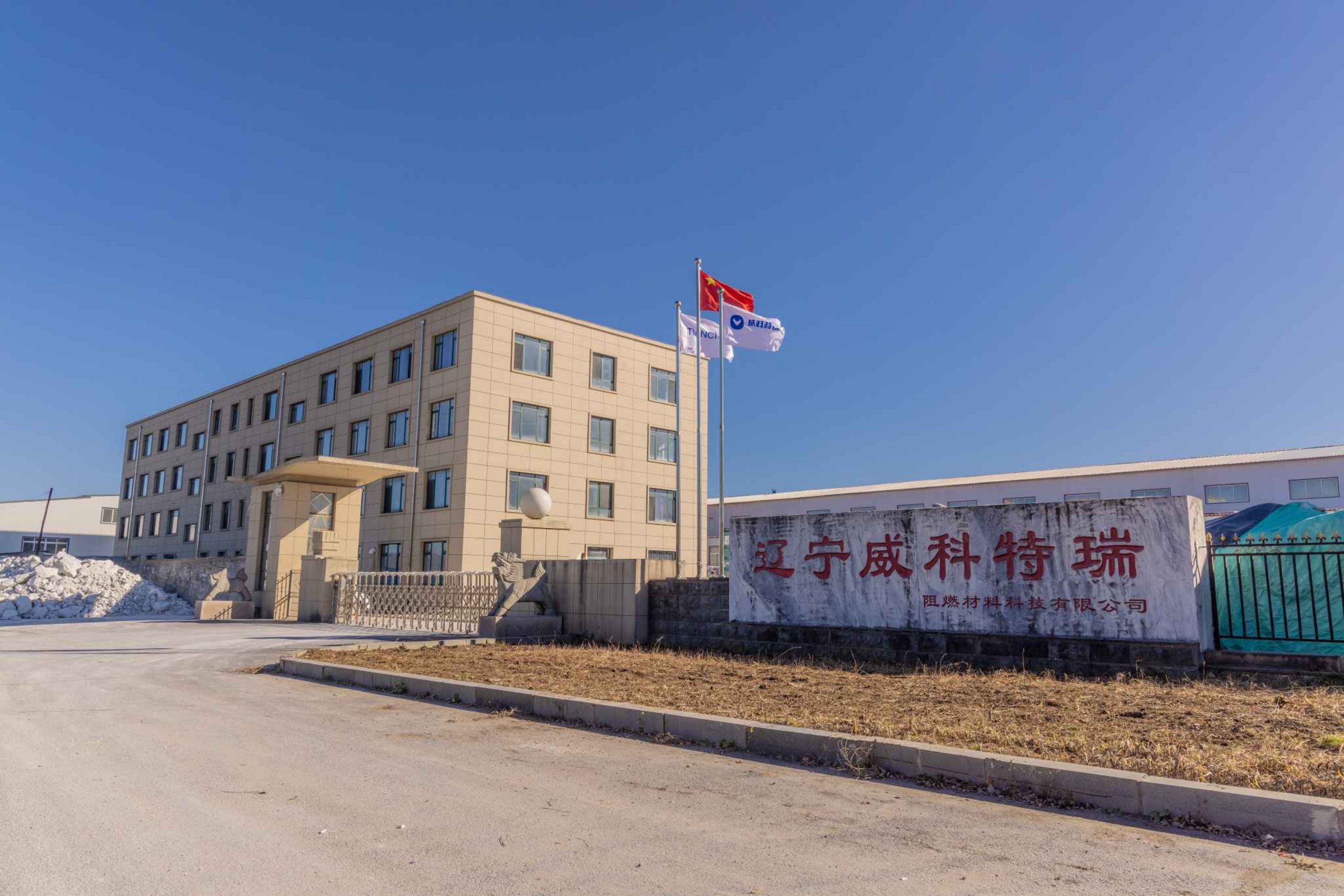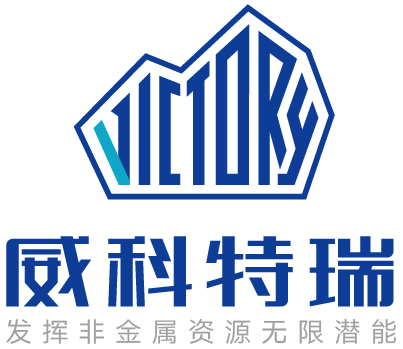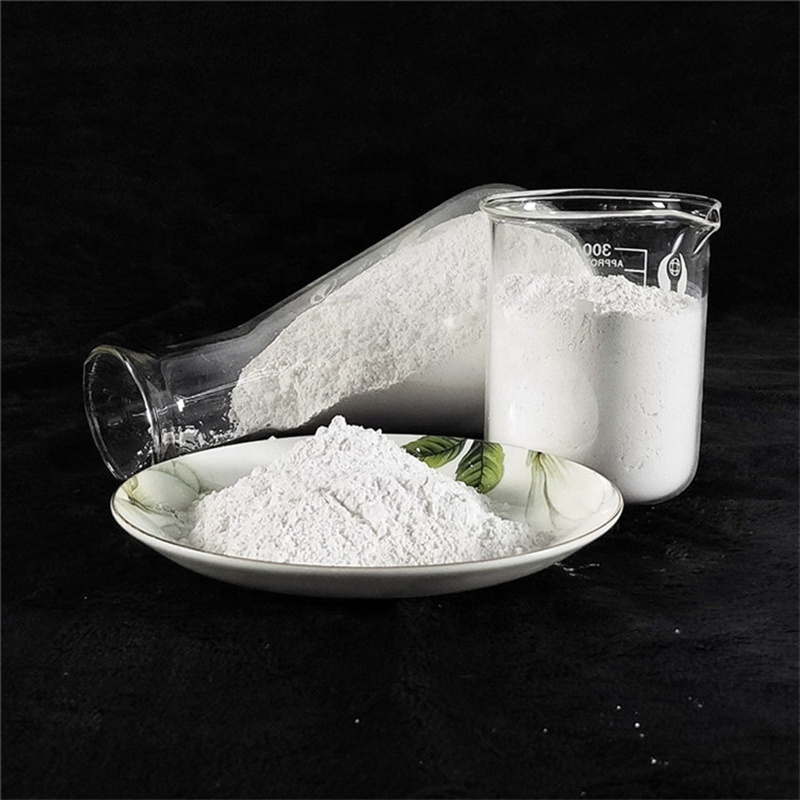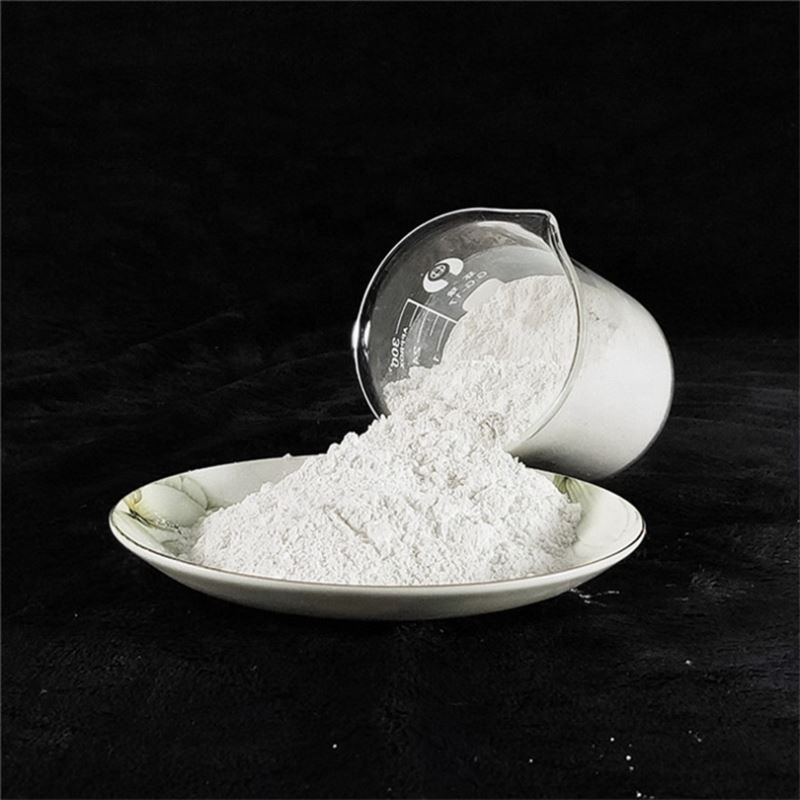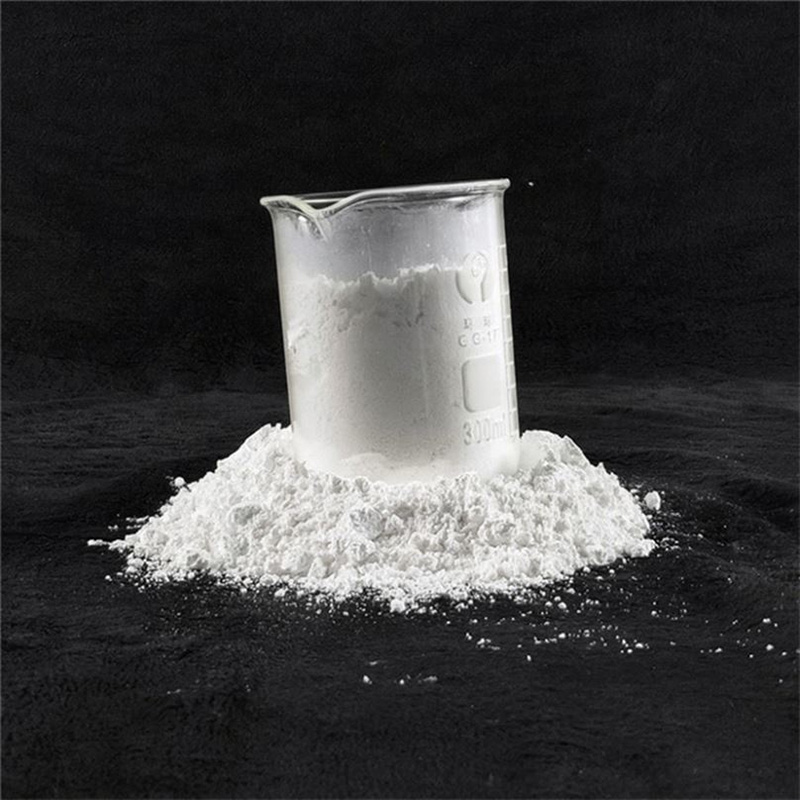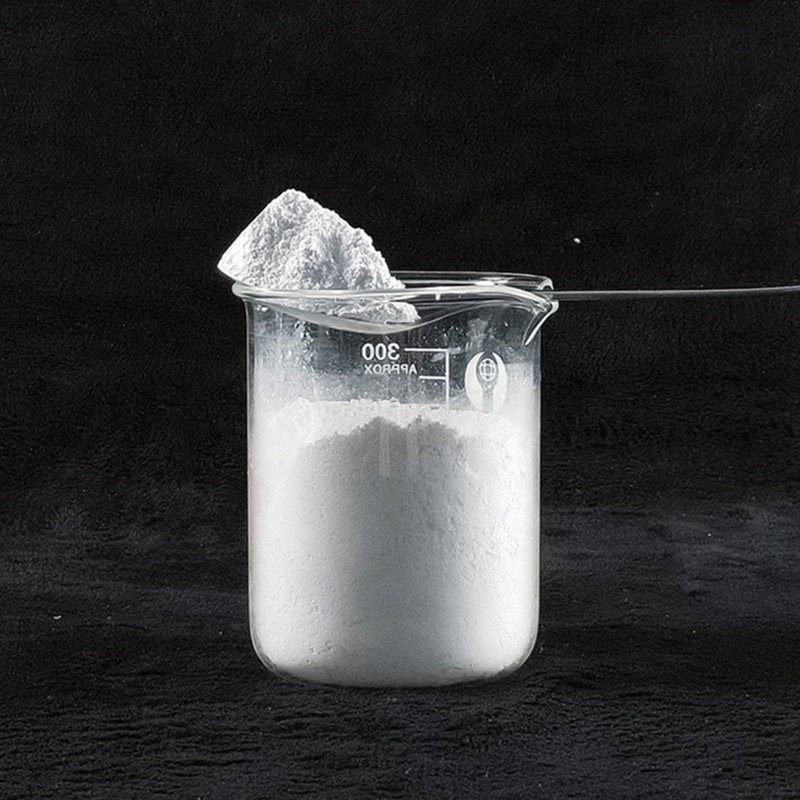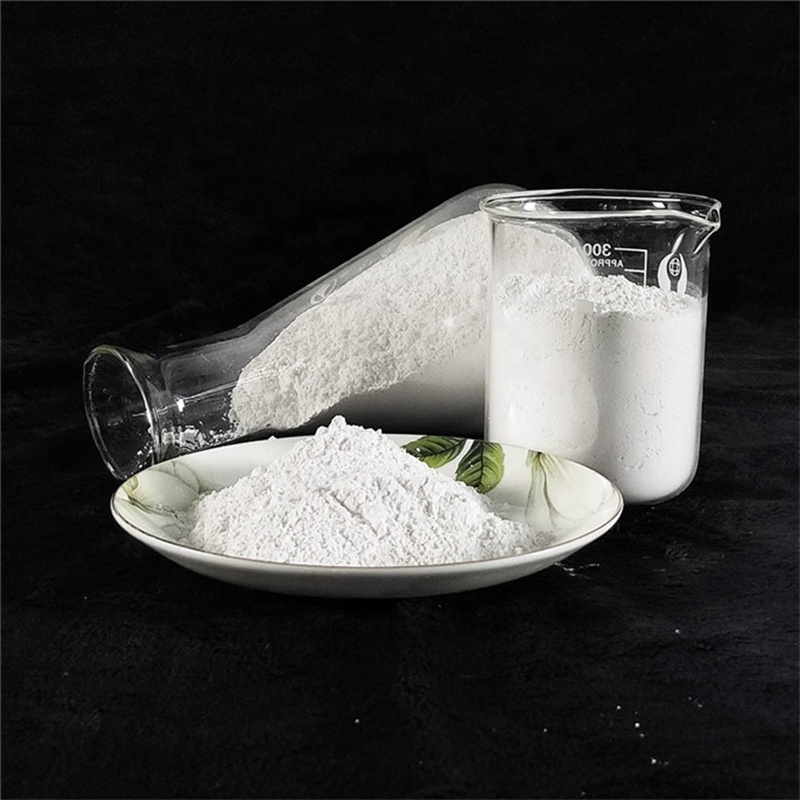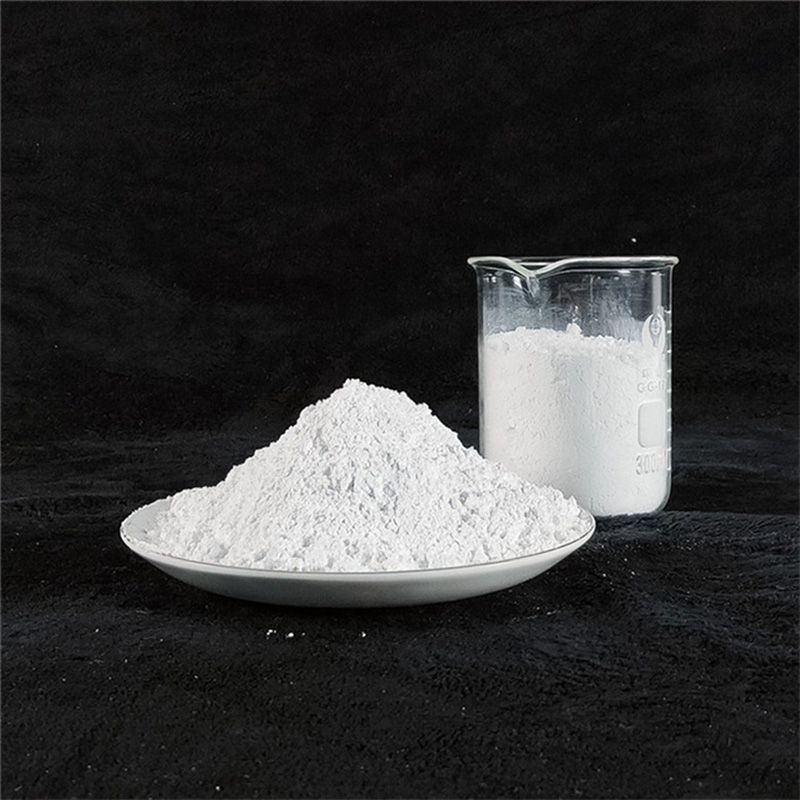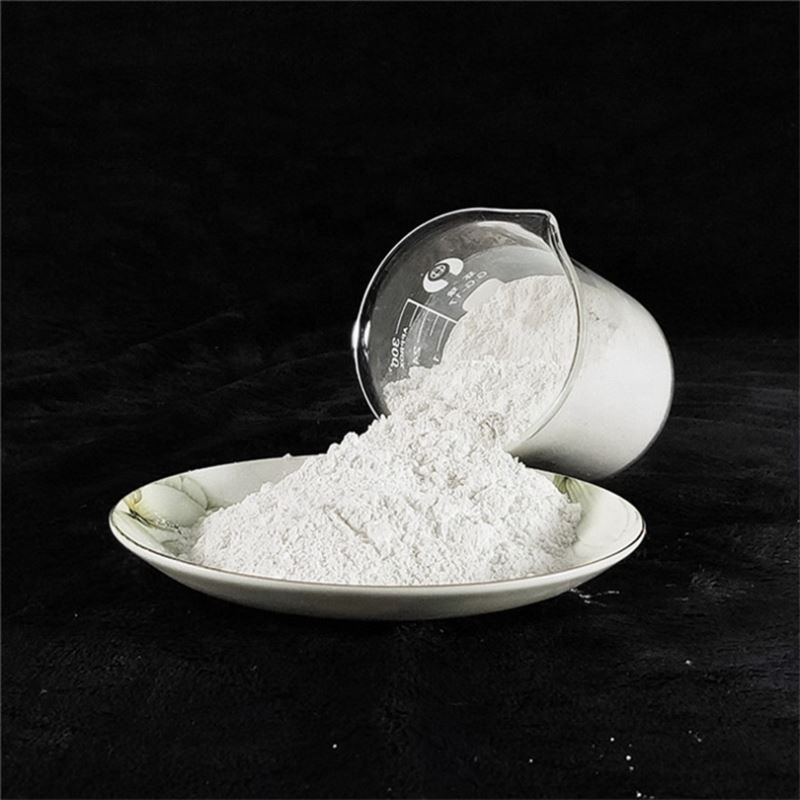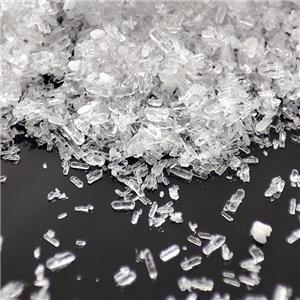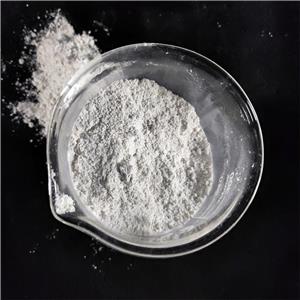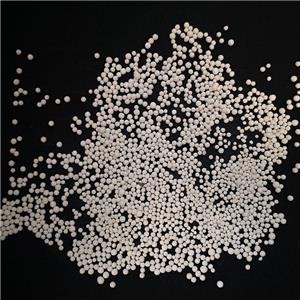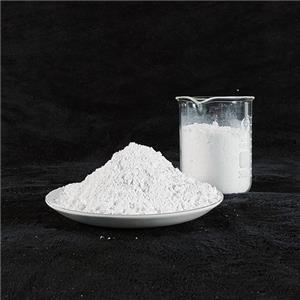
- Victory
- China
- Quantity(Tons) 1 - 10 11 - 40 41 - 100 >100 Est. Time(days) 5 7 15 To be negotiated
- 2000T/Month
1.Rubber grade antimony trioxide Maintains performance even at elevated temperatures, making it suitable for under-the-hood automotive components and high-temperature cable insulation.
2.Unlike some flame retardants that degrade rubber flexibility or strength, Rubber grade antimony trioxide allows EPDM, NBR, and other rubber compounds to retain their elasticity, tensile strength, and durability.
3.Compared to some alternative flame retardants, Rubber grade antimony trioxide helps reduce smoke density during combustion, improving safety in enclosed spaces like vehicle interiors.
Introduction
Rubber grade antimony trioxide (Sb₂O₃) is a key flame retardant used in rubber compounding to enhance fire resistance while maintaining mechanical properties. Rubber grade antimony trioxide is particularly effective when combined with halogenated flame retardants, making it essential for automotive, electrical, and industrial rubber products. This article explores the role of antimony trioxide in styrene-butadiene rubber (SBR), chloroprene rubber (CR), ethylene propylene diene monomer (EPDM), and SBR/CR blends, highlighting its benefits and applications.
1. Antimony Trioxide as a Flame Retardant in Rubber
Rubber grade antimony trioxide is not a flame retardant by itself but acts as a synergist when used with halogenated compounds (e.g., chlorinated paraffins or brominated additives). When exposed to fire, it reacts with halogens to form antimony halides, which:
Antimony trioxide for EPDM Suppress free radicals, slowing combustion.
Antimony trioxide for EPDM Promote char formation, creating a protective barrier.
Antimony trioxide for EPDM Reduce smoke emission, improving safety in enclosed spaces.
Key Advantages in Rubber Applications:
√ Enhanced flame resistance (meets UL 94, FMVSS 302, IEC 60332)
√ Maintains elasticity & tensile strength
√ Thermal stability (suitable for high-temperature environments)
√ Cost-effective compared to some non-halogenated alternatives
2. Applications in Different Rubber Types
2.1 Styrene-Butadiene Rubber (SBR)
SBR is widely used in tires, conveyor belts, and industrial hoses due to its abrasion resistance and durability.
Role of antimony trioxide for SBR :
Antimony trioxide for SBR Improves flame retardancy in mining conveyor belts and fire-resistant hoses.
Antimony trioxide for SBR Works with chlorinated or brominated additives to meet safety standards.
Antimony trioxide for SBR Maintains flexibility and mechanical strength even after flame exposure.
2.2 Chloroprene Rubber (CR) – Neoprene
CR is inherently flame-resistant but often requires additional protection for high-safety applications.
Role of antimony trioxide in SBR/CR blend rubber:
Antimony trioxide for SBR/CR blend rubber Enhances fire resistance in cable jacketing, gaskets, and protective clothing.
Antimony trioxide for SBR/CR blend rubber Reduces smoke generation in underground mining cables and transportation seals.
Antimony trioxide for SBR/CR blend rubber Provides long-term stability in oil- and heat-resistant applications.
2.3 Ethylene Propylene Diene Monomer (EPDM)
EPDM is used in automotive seals, roofing membranes, and electrical insulation due to its weather resistance.
Role of antimony trioxide for EPDM in EPDM:
Antimony trioxide for EPDM Ensures flame retardancy in wire & cable coatings and engine bay gaskets.
Antimony trioxide for EPDM Works well with aluminum trihydroxide (ATH) for low-smoke formulations.
Antimony trioxide for EPDM Maintains UV and ozone resistance, critical for outdoor applications.
2.4 SBR/CR Blend Rubber
Blending SBR and CR combines SBR’s cost efficiency with CR’s flame resistance, making it useful for:
Fire-resistant conveyor belts
Industrial flooring & anti-vibration pads
Automotive sealing systems
Role of antimony trioxide for SBR/CR blend rubber:
Antimony trioxide for SBR/CR blend rubber Boosts flame retardancy without losing blend compatibility.
Antimony trioxide for SBR/CR blend rubber Improves char formation, preventing flame spread.
Antimony trioxide for SBR/CR blend rubber Balances cost and performance in industrial applications.
| Item | Appearance | Antimony Trioxide (Sb2O3) | Density | Sb2O3 content | Other content(ATH/MDH/DBDPE/CaCO3 /Zinc borate) |
| Antimony composite powder-80 | White powder | 99.80% | 3.73g/cm³ | 80% | 20% |
| Antimony composite powder-90 | White powder | 99.80% | 3.73g/cm³ | 90% | 10% |
Company Introduction:
LIAONING VICTORY FIRE-RETARDANT MATERIAL TECHNOLOGY CO.,LTD. is a research and development, production and sales of integrated company mainly operate inorganic fire retardant and non-metallic mineral products.
Our main products contain Talc products, environmental flame retardants, such as Magnesium Hydroxide, Aluminium Hydroxide, Silica Flame Retardant and Composit Flame Retardant, CCM(MgO), Composit Magnesium Fertilizer,Antimony trioxide,Kaolin,Chlorite,CaCO3,Barite,Perlite,Fluorite,Titanium Dioxide and other non-metallic materials.
